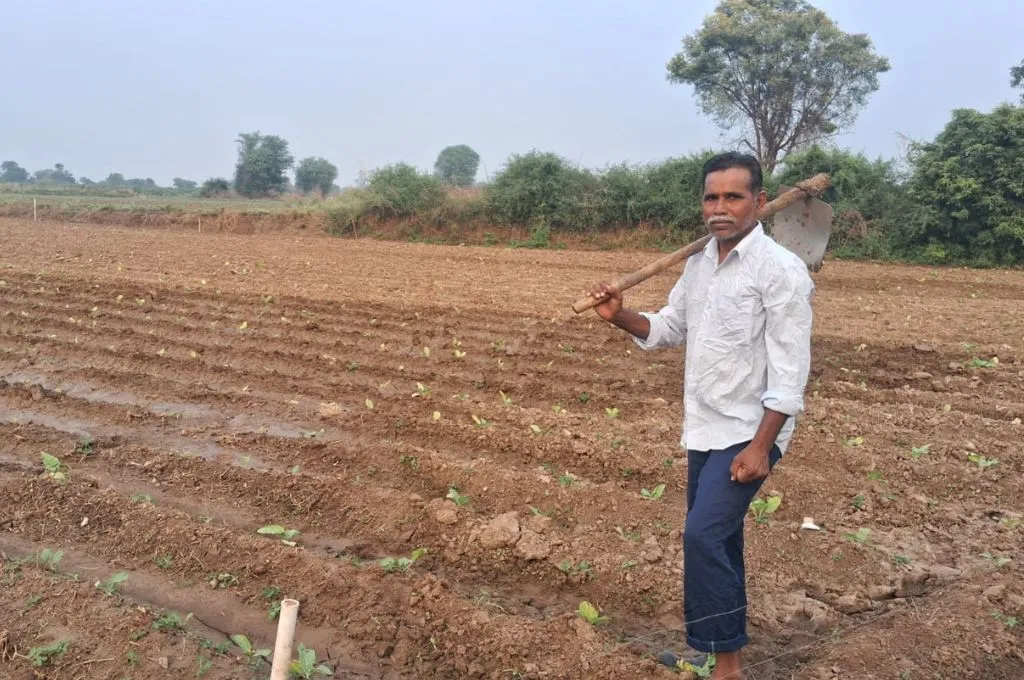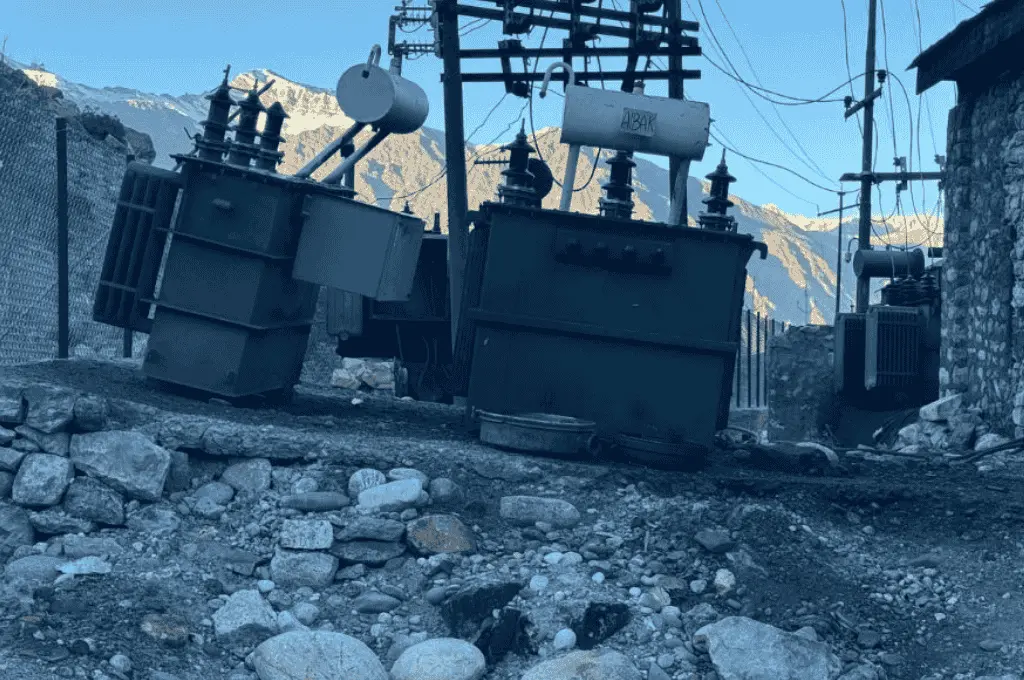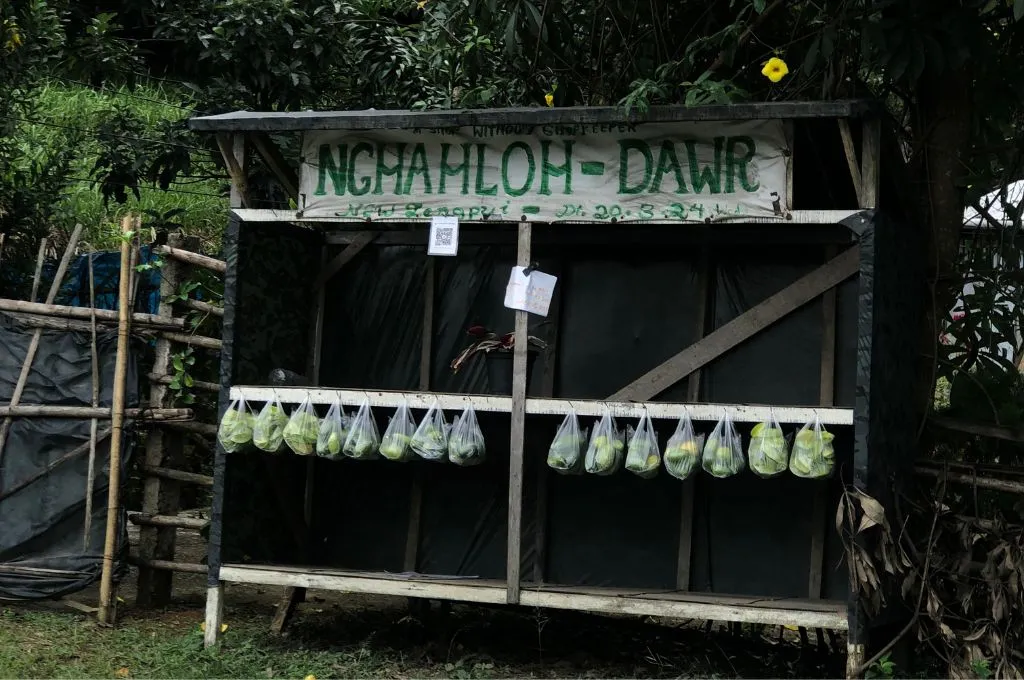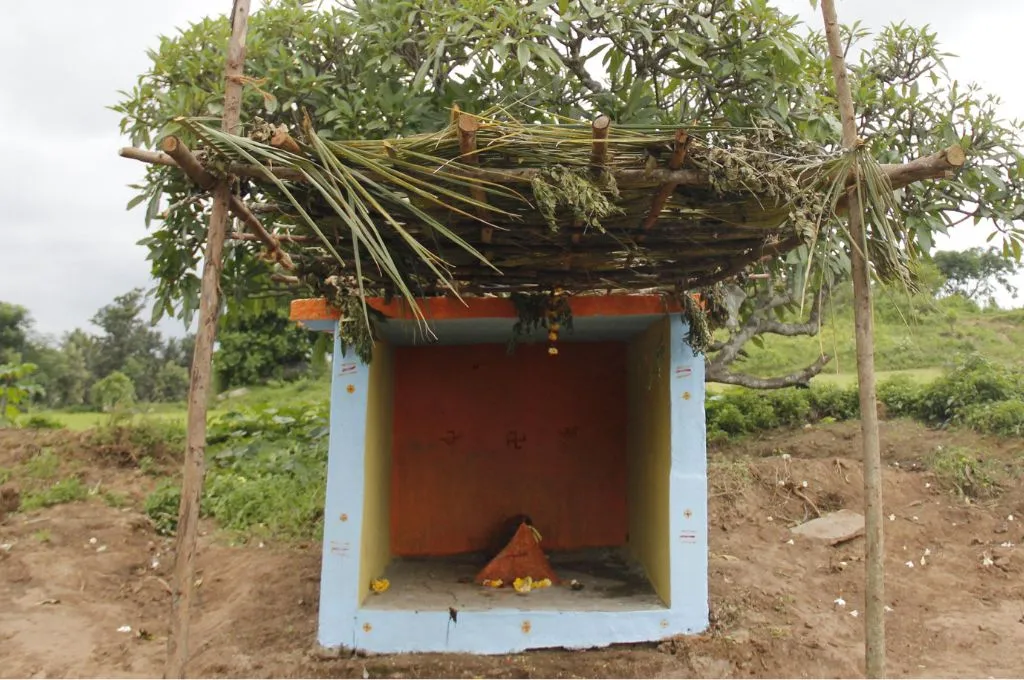Cursive writing: What makes an illegal migrant in Assam?
The National Register of Citizens (NRC) is meant to track Indian citizens living in Assam, distinguishing them from the ‘illegal migrants’ who settled there after 1971. When the final register was published in 2019, 1.9 million people were left out of it—many of them were Bengali Muslims. This disenfranchised population was forced to live in detention centres spread across Assam. Kamrul Laskar is part of this population. He was imprisoned for more than three years in the detention camp in Silchar Central Jail.
A driver by profession, Kamrul Hussain Laskar lived with his wife, Jhuma Begum, and their four children in the Udharbond block of Assam’s Cachar district. He was not Kamrul Islam Laskar, the name by which the Foreigners’ Tribunal had issued a notice to him for being an ‘illegal foreigner’ in Assam.
The tribunal had declared that he was a foreigner, even though the notice was never meant for him. The judgement becomes more baffling when one considers that his parents continue to be Indians on paper. Kamrul’s lawyer had raised this issue in the court, but to no avail.
In order to prove his identity, Kamrul’s school leaving certificate was used where his name, father’s name (Abdul Hussain Laskar), and date of birth were clearly mentioned. However, the court did not give importance to the details present in the certificate, despite it bearing the countersign of the inspector of schools. A member of the Foreigners’ Tribunal wrote that the handwritten statement submitted to the court by Kamrul looked like it had been written by a student of class one or two. The writing of a student who has studied till class eight, as Kamrul had, could not be so messy and childlike.
The only way to move forward with Kamrul’s case was through the high court of Assam. But Kamrul’s family—now surviving solely on his wife’s meagre income from her work at a factory nearby—did not have the financial capacity to fight the case in the high court.
Kamrul was finally released in April 2020. This was done in accordance with the Supreme Court’s ruling in 2019 which stated that foreigners who have spent over three years in Assam’s detention centres can be released with two sureties of INR 1 lakh each. However, they will have to continue to report to local police stations.
Kamal Chakraborty is a human rights activist based in the Barak Valley of Assam. The article is an edited version of researcher and translator Riya Ghosh Ray’s translation of the ninth case study published in Chakraborty’s book Assam-e Nagorikottwo Horoner Dohonlipi.
—
Know more: Read how India’s prison system is biased against socially marginalised people.
Do more: Connect with the author at riyaray@protonmail.com to get involved/support in the documentation of the people disenfranchised by the NRC process in Assam.



